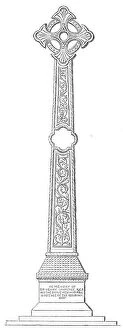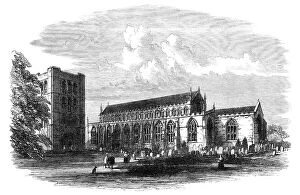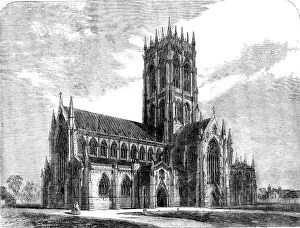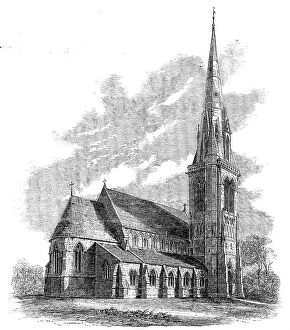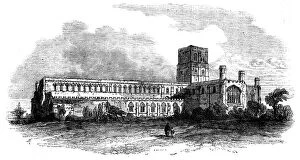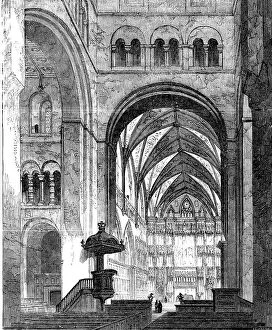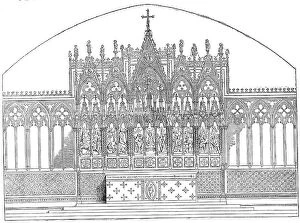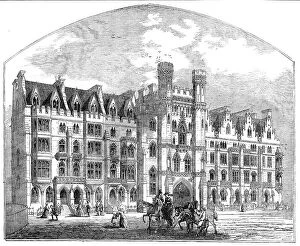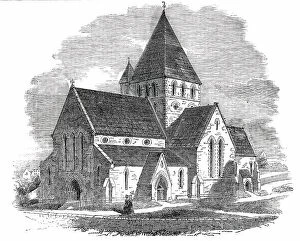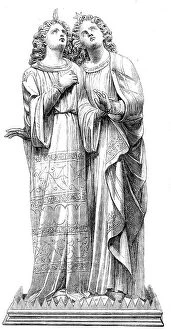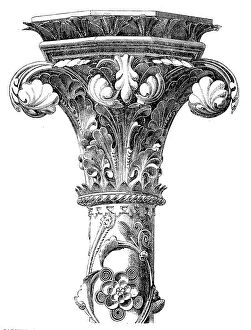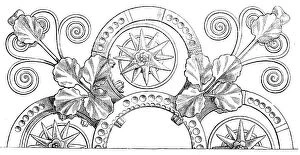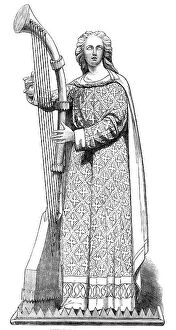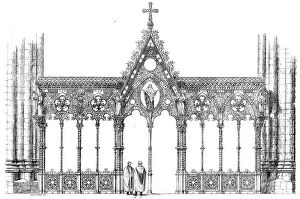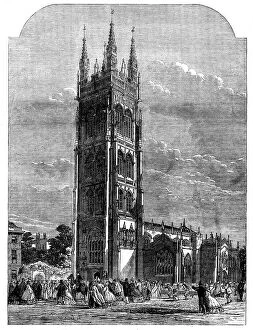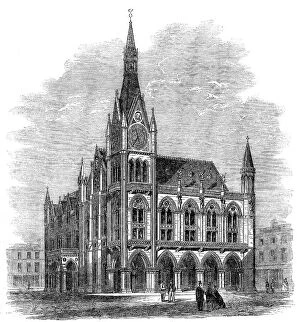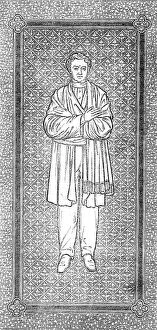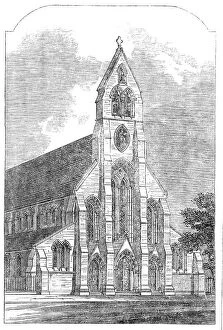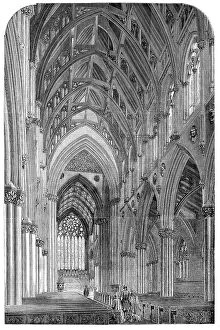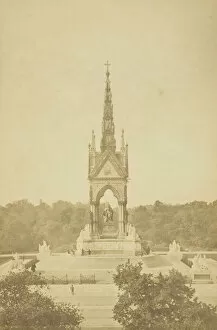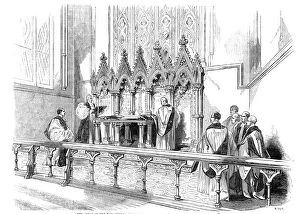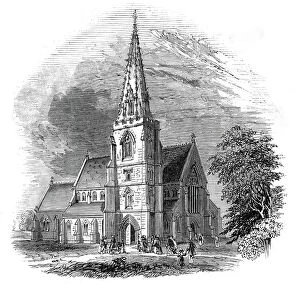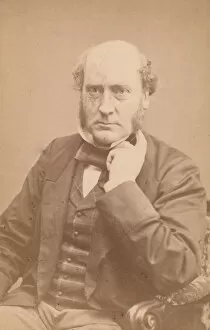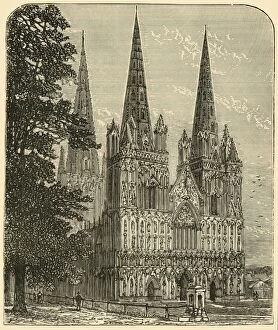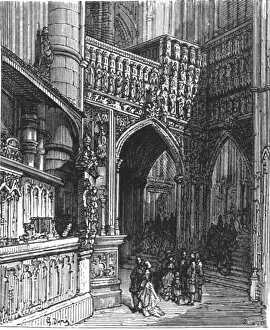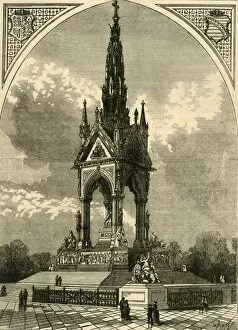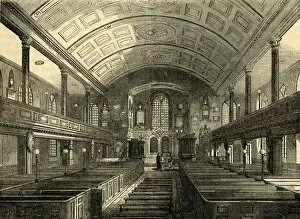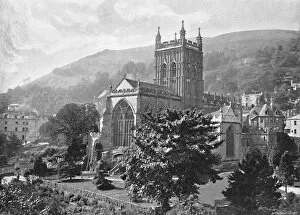George Gilbert Scott I Collection
George Gilbert Scott I was a renowned British architect who left an indelible mark on the architectural landscape of his time
For sale as Licensed Images
Choose your image, Select your licence and Download the media
George Gilbert Scott I was a renowned British architect who left an indelible mark on the architectural landscape of his time. Born in 1811, he became one of the most influential figures in Victorian Gothic Revival architecture. One of his notable creations is the iconic Albert Memorial, completed between 1872 and 1900. Although its creator remains unknown, this magnificent monument stands as a testament to Scott's visionary designs. Its intricate detailing and grandeur showcase his mastery in blending artistry with structural brilliance. Scott's talent extended beyond monuments; he also designed churches that became symbols of spiritual devotion. The ceremony of consecration at St. Giles Church in Camberwell, held in 1844, marked the beginning of a new era for worshippers who marveled at the beauty and sanctity within its walls. Another example is the Swindon church built along the Great Western Railway line in 1845. Though its creator remains anonymous, it exemplifies Scott's ability to create structures that harmonize with their surroundings while exuding elegance and grace. In addition to his architectural achievements, George Gilbert Scott I was immortalized through captivating photographs taken by John & Charles Watkins during the 1860s. These images capture him amidst his masterpieces, showcasing both his dedication to craftsmanship and his profound impact on British architecture. Scott's influence reached far beyond photography; it extended into realms such as literature and art. Gustave Doré depicted him within Westminster Abbey in 1872 - a fitting tribute to an architect whose work shaped London's skyline. The front view of St Pancras Station and Hotel from around 1876 showcases another masterpiece by Scott that seamlessly blends functionality with aesthetic appeal. This structure not only served as a transportation hub but also stood as an architectural marvel admired by all who passed through its doors. Kensington Church's interior design from around 1850 further demonstrates Scott's versatility as an architect capable of creating spaces that inspire spiritual contemplation and awe.


